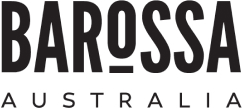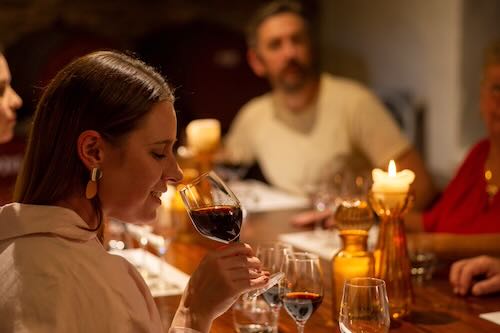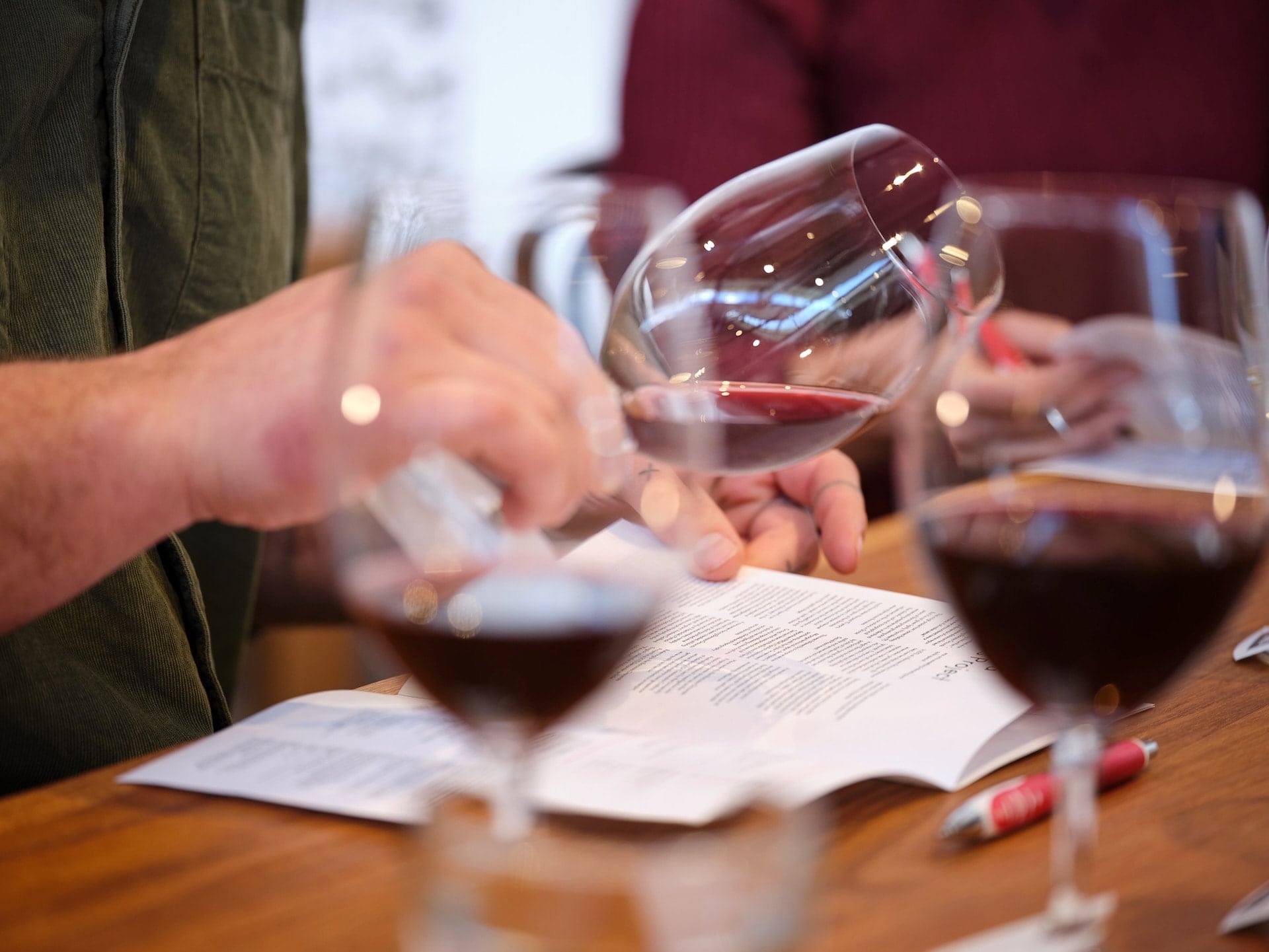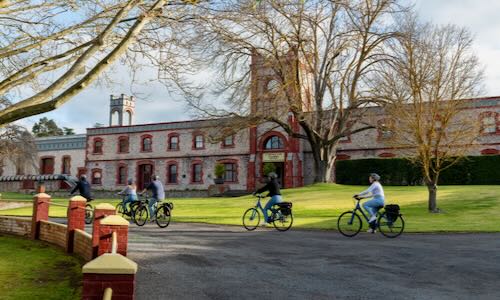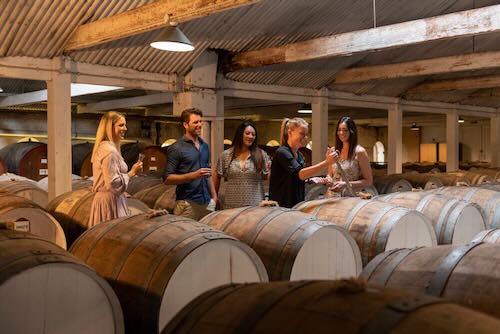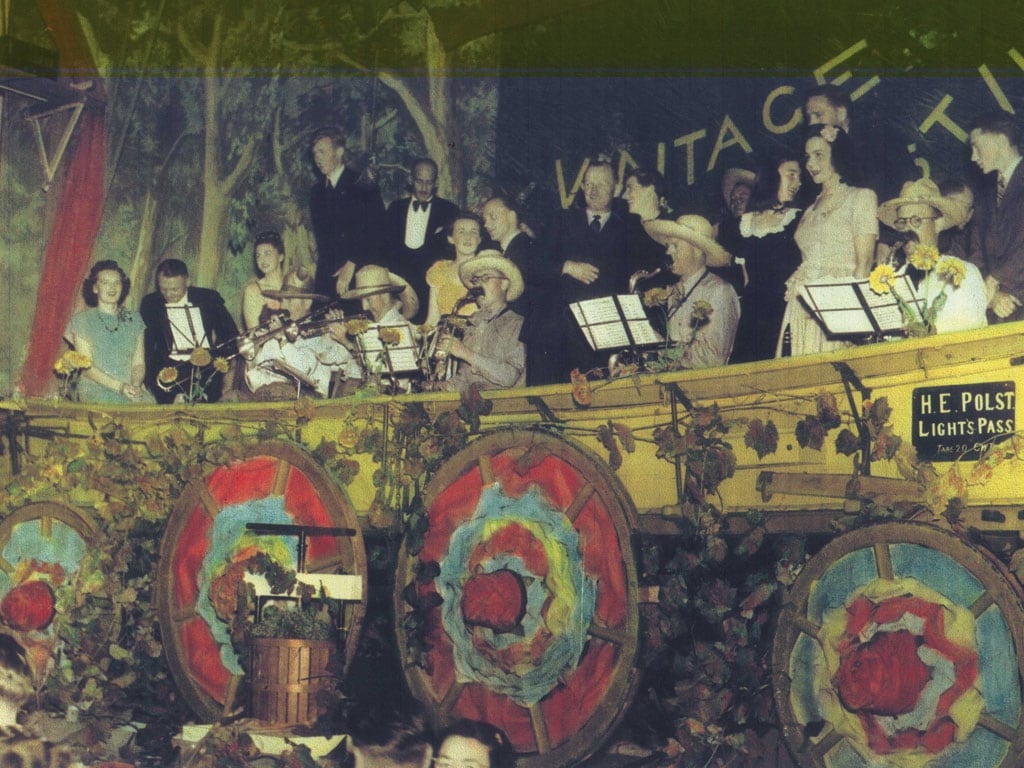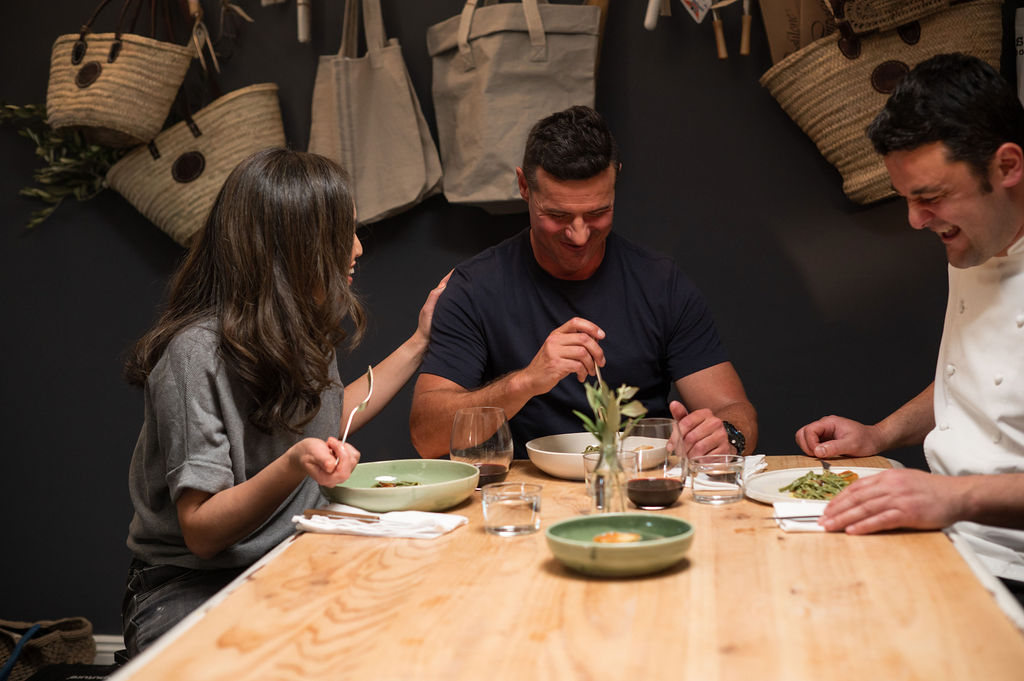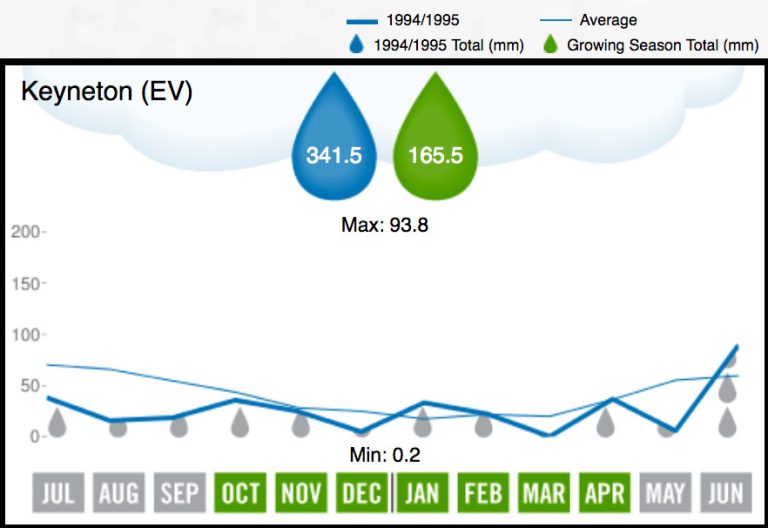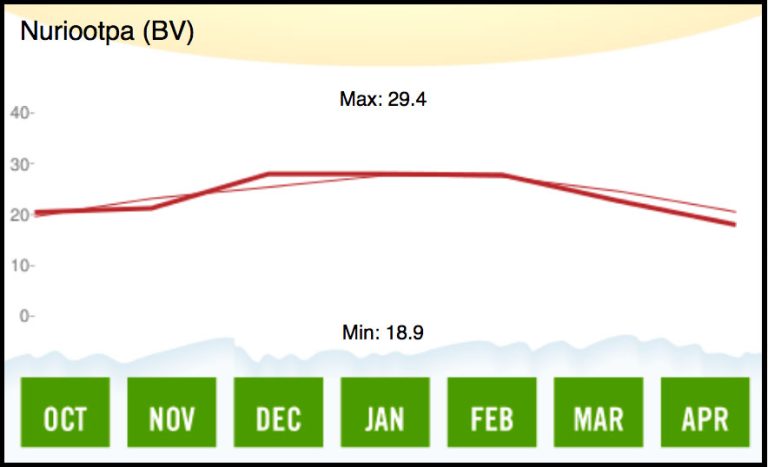Summary
Dry, almost drought conditions in winter and spring with moderate frosts recorded at Seppeltsfield on September 12. January was warm and wet which led to some downy mildew outbreaks but February and March were dry providing ideal vintage conditions. A low vigour year with easily achieved Baumes, resulting in good Shiraz and Cabernet but disappointing aromatic whites. There was some disagreement about the quality of this vintage – Peter and Doug Lehmann and Andrew Wigan believe the Shiraz was “alright but early drinking” and the Cabernet very disappointing due to ripening difficulties.
In 1995 there were 7,025 hectares of vineyards in Barossa and 39,002 tonnes of wine grapes were crushed in that vintage.
Highlights
Vine plantings increased due to improving grape prices and a booming export outlook. Many new vineyards also started bearing, providing additional Barossa fruit.
A public meeting was held in the Nuriootpa Institute to approve suggested Geographic Indication boundaries for the Barossa Zone and the Barossa Valley and Eden Valley regions.
A consortium of local winemakers, Barossa Vintners Ltd, built the district’s first independent contract crushing and processing winery to meet the local industry’s growing demand for winemaking facilities.
Mengler’s View Wines was established by the Agriculture Faculty at Faith Lutheran Secondary College as a practical way for students to learn about viticulture and winemaking. It was supported by local winery St Hallett, cooperage AP John, distributor and bottler Vinpac and label company Barossa Print Masters.
Honourboard
Vigneron of the Year – Trevor Wilksch
Sources
SA Wine Grape Crush Survey, Vinehealth Australia and ‘Barossa Vintages: a wine history from 1842’, Peter Fuller

